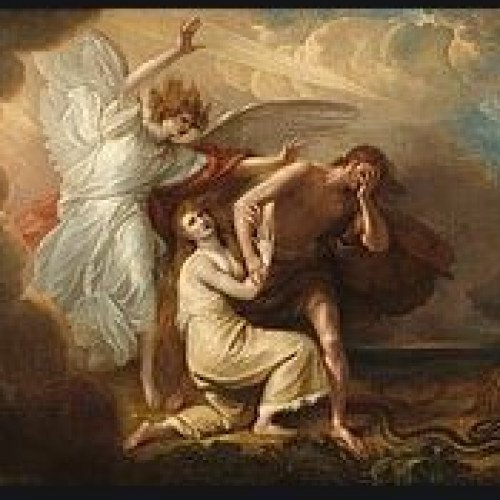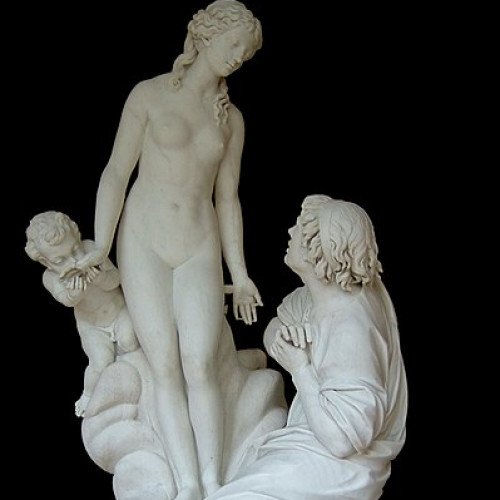Jewish mythology VS Galatea (mythology)

Jewish mythology
Jewish mythology is a major literary element of the body of folklore found in the sacred texts and in traditional narratives that help explain and symbolize Jewish culture and Judaism. Elements of Jewish mythology have had a profound influence on Christian mythology and on Islamic mythology, as well as on world culture in general. Christian mythology directly inherited many of the narratives from the Jewish people, sharing in common the narratives from the Old Testament. Islamic mythology also shares many of the same stories; for instance, a creation-account spaced out over six periods, the legend of Abraham, the stories of Moses and the Israelites, and many more.
Statistics for this Xoptio

Galatea (mythology)
Galatea (; Greek: Γαλάτεια; "she who is milk-white") is a name popularly applied to the statue carved of ivory by Pygmalion of Cyprus, which then came to life in Greek mythology. In modern English, the name usually alludes to that story. Galatea is also the name of Polyphemus's object of desire in Theocritus's Idylls VI and XI and is linked with Polyphemus again in the myth of Acis and Galatea in Ovid's Metamorphoses.